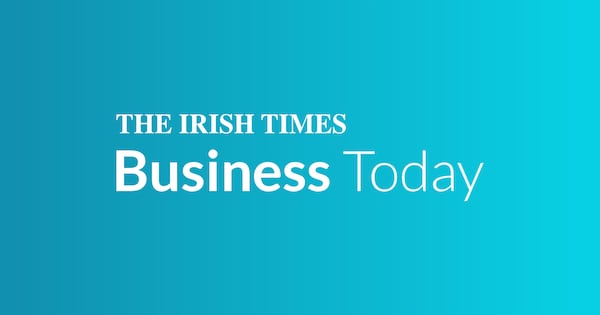Ireland, right now, is in a demographic sweet spot, the Department of Finance’s chief economist John McCarthy said on Tuesday.
He was referring to the current ratio of workers to retirees, which is a healthy four to one.
This is way out of kilter with most of our European peers and most advanced economies, McCarthy noted at the launch of the department’s Future Forty report, an assessment of the economic and fiscal challenges facing the State between now and 2065.
Having more workers paying more taxes helps the State fund its healthcare and pension costs.
READ MORE
But this sweet spot is going to sour rapidly over the next two decades as the fertility rate falls and the population ages.
By the 2060s, there will only be two workers and their taxes supporting one retiree, a lethal financial cocktail for the exchequer.
Without corrective measures, this could see the State’s budget deficit swell to 8 per cent of national income while increasing the country’s borrowing requirement to almost 150 per cent of national income.
A debt-to-income ratio of 150 per cent would almost place the State back in bailout territory or, in the department’s words, “considerably hinder the State’s ability to respond to crises or deliver public services and investment”.

Will Imagine’s big gamble double its customer base?
One obvious corrective measure would be to allow increased inward migration, an influx of foreign workers to replace the domestic shortfall, but no one at Tuesday’s press conference wanted to grasp that particular nettle.
Europe is in the grip of a populist backlash against immigration and Ireland might be following suit.
Tánaiste Simon Harris has caused a storm by claiming that Ireland’s asylum seeker system is not working and that the Government needs to reconsider existing policies.
The department’s report projects, in its central scenario, that Ireland’s economy will continue to grow out to 2065, with national income, as measured by the Central Statistics Office’s bespoke measure gross national income (GNI*), reaching €537 billion in 2065.
GNI* per-capita, a good proxy for living standards, has increased 143 per cent over the last three decades in real terms.
The report’s central scenario is that, while living standards are expected to improve, they will grow just 52 per cent over the next four decades, a more modest increase than we’ve had in the past three decades.
The composition of tax revenue remains steady over the time horizon with one exception: corporation taxes.
“The portion of corporate tax receipts currently deemed to be windfall are projected to decline between 2030 and 2040 in this analysis, significantly reducing corporate tax receipts relative to the economy’s size, from 8 per cent of GNI* in 2025 to 4.5 per cent of GNI* by 2040,” it said.
This momentum shift could be amplified by increasing levels of US protectionism and US president Donald Trump’s America First agenda.
Which begs the question, are we saving enough of a war chest now?











